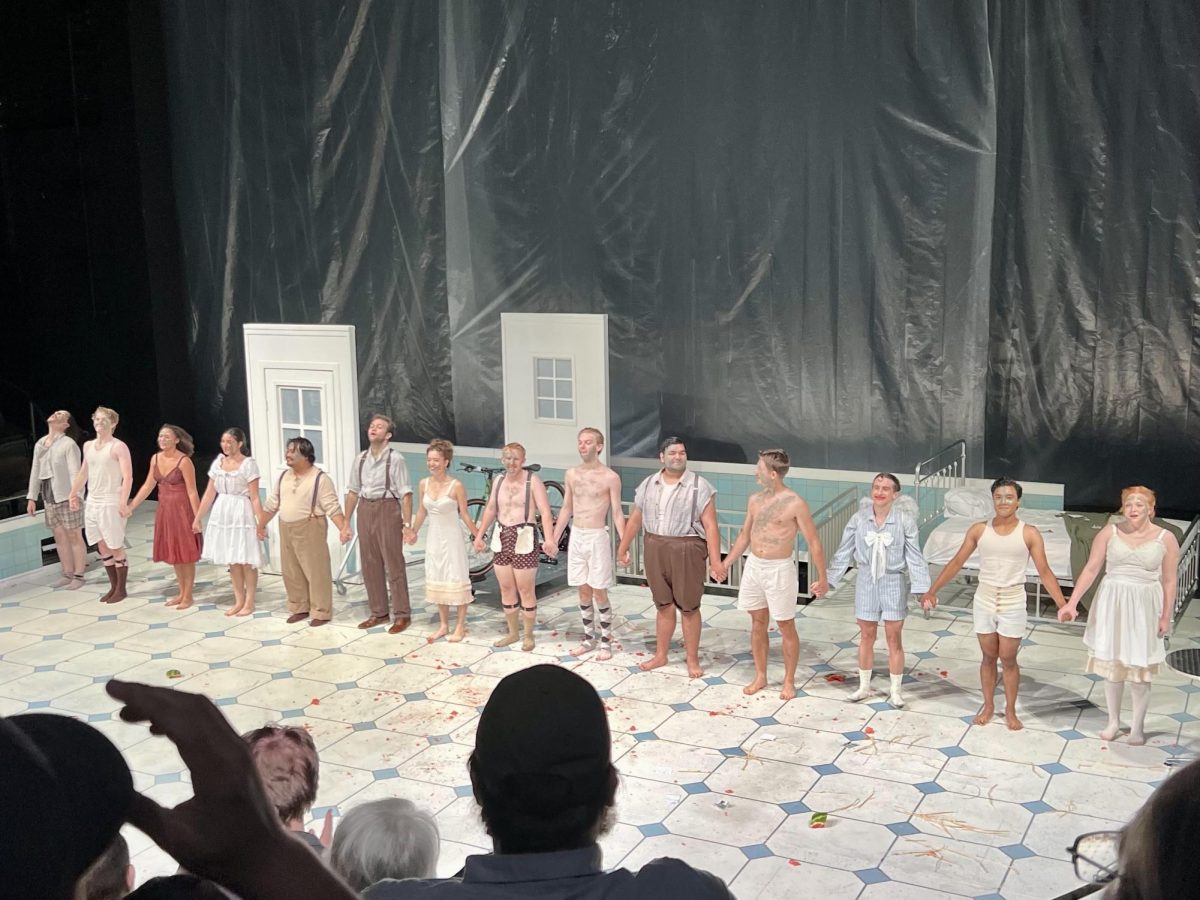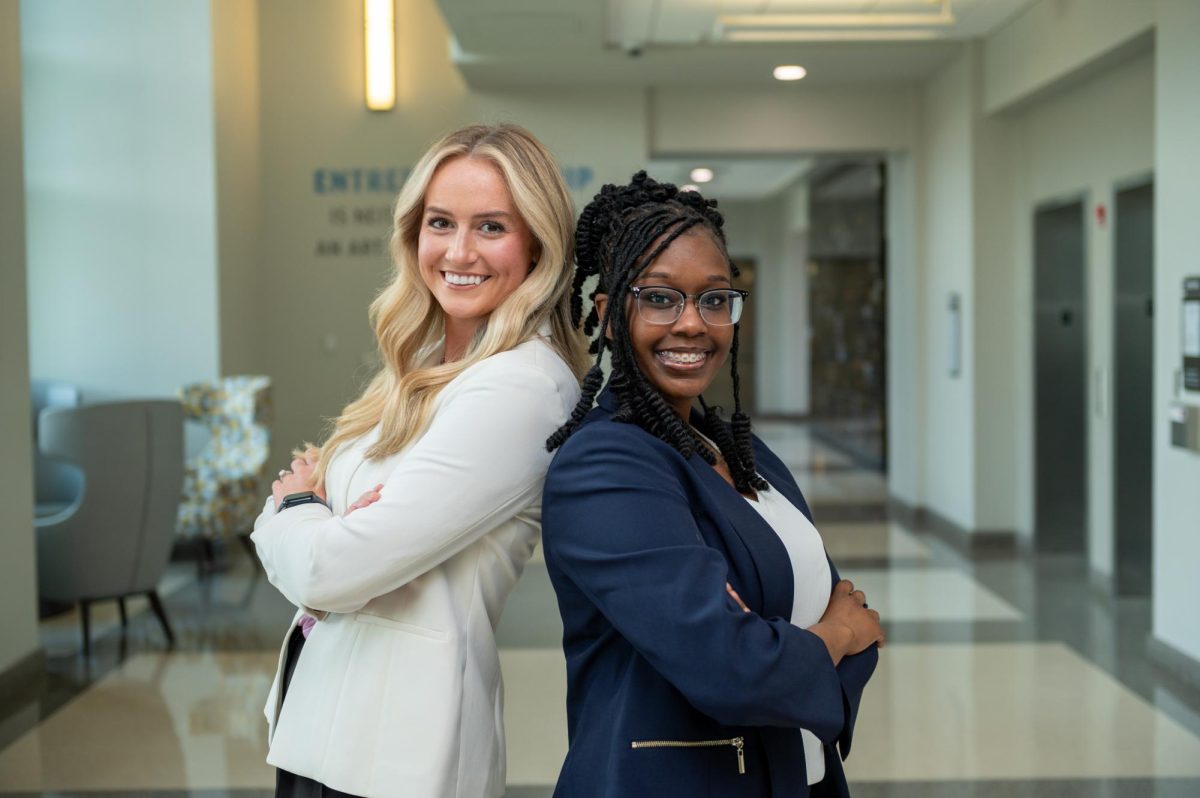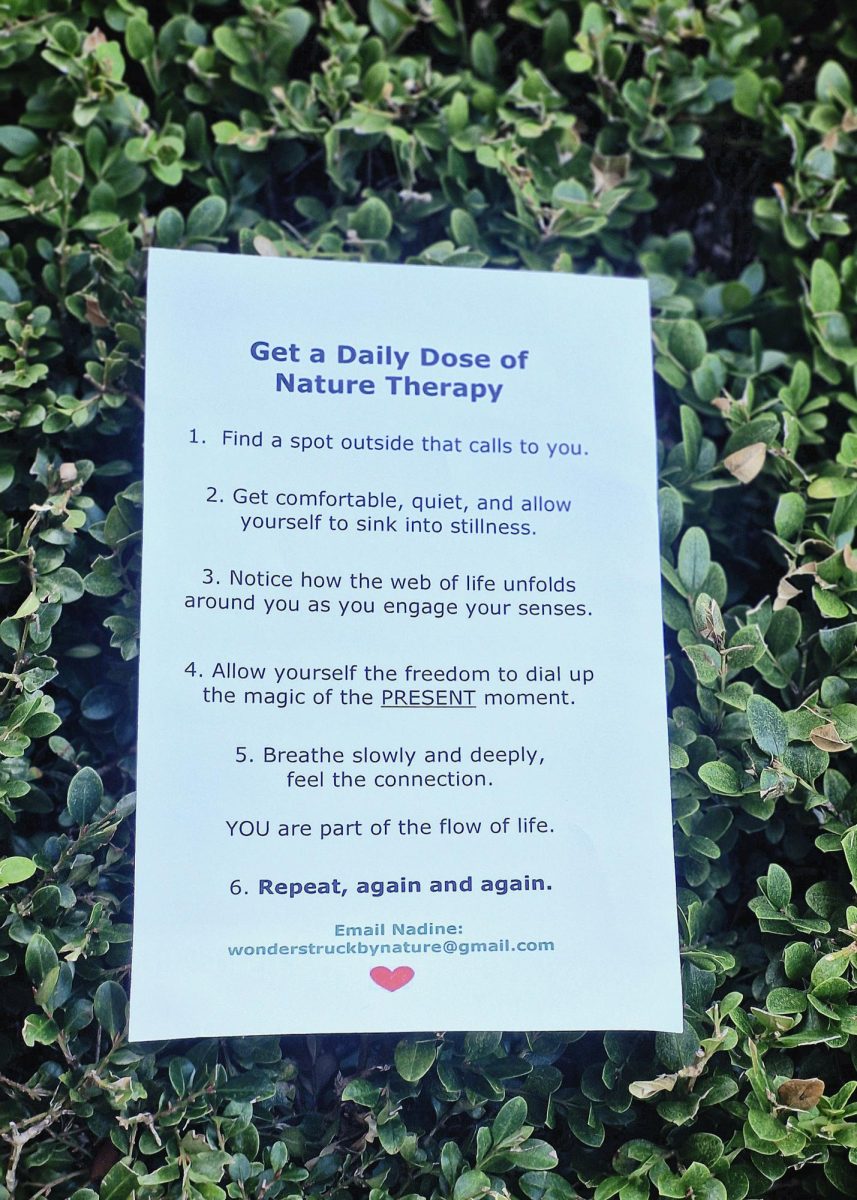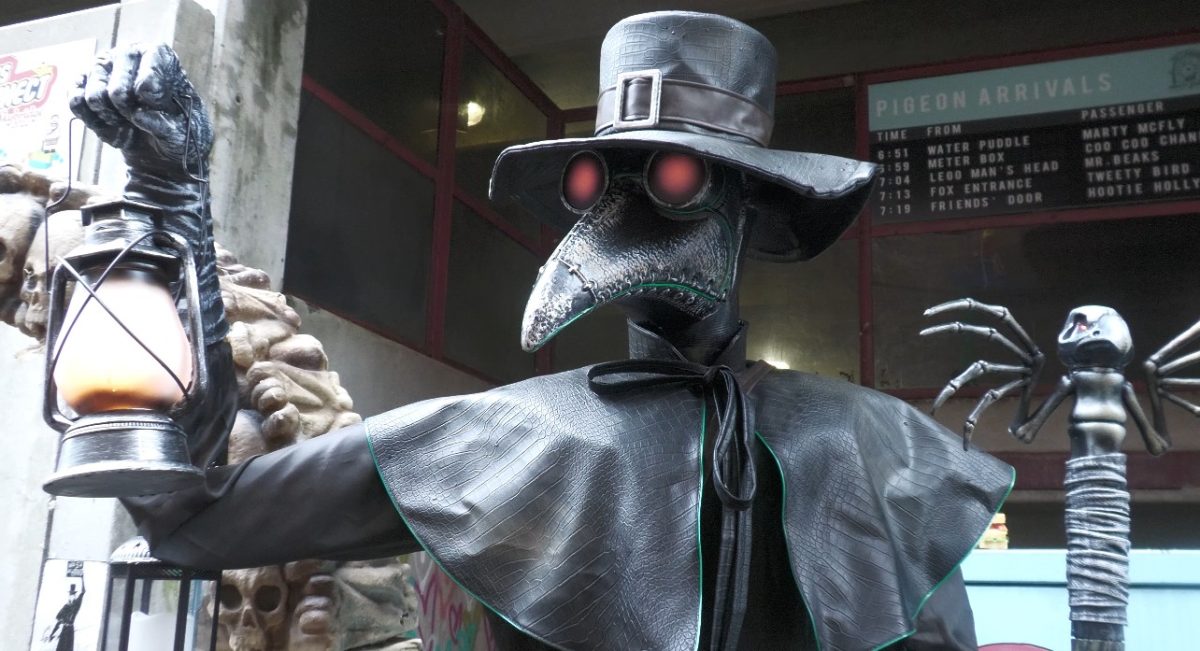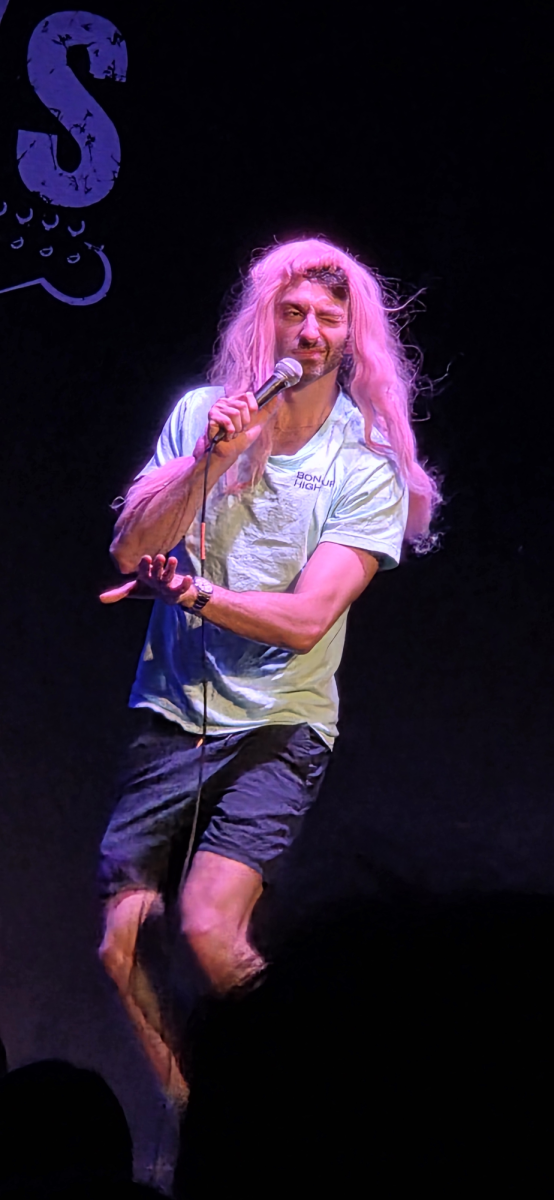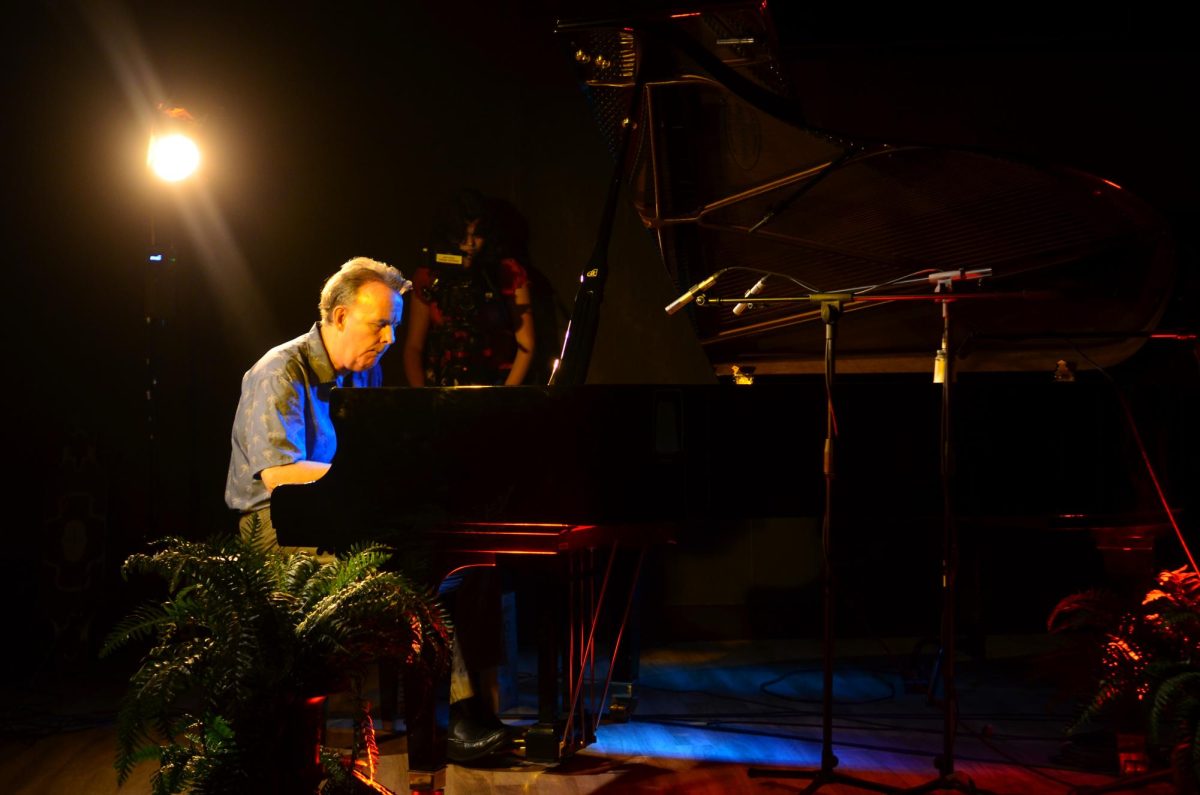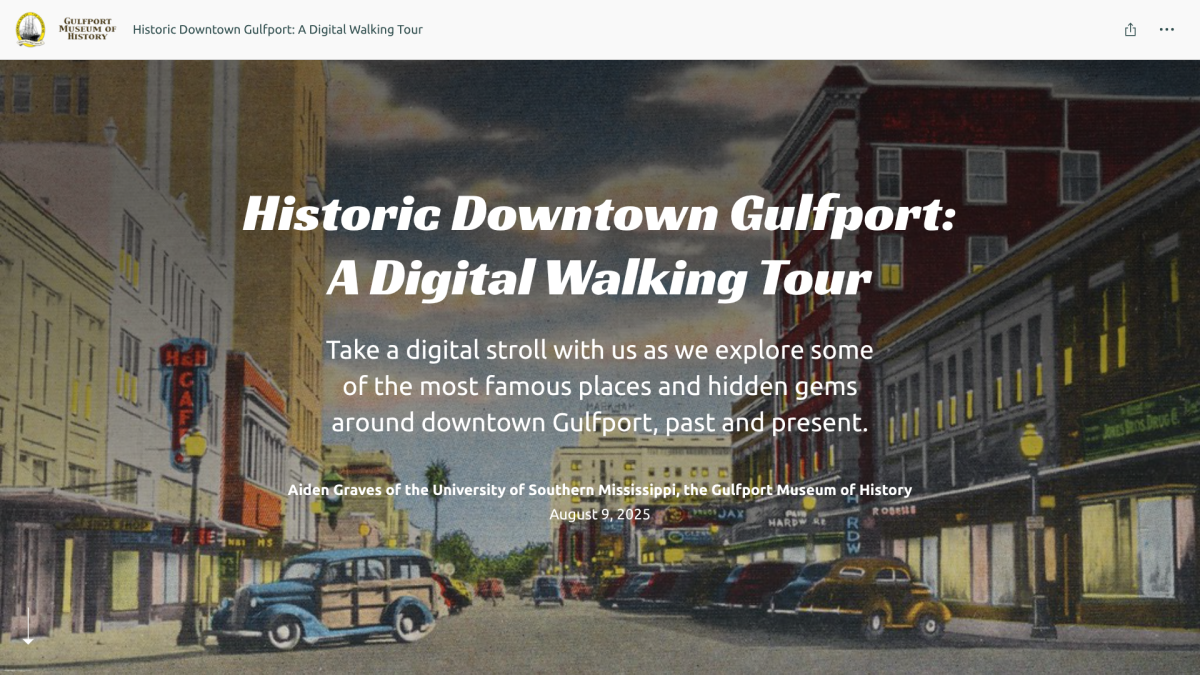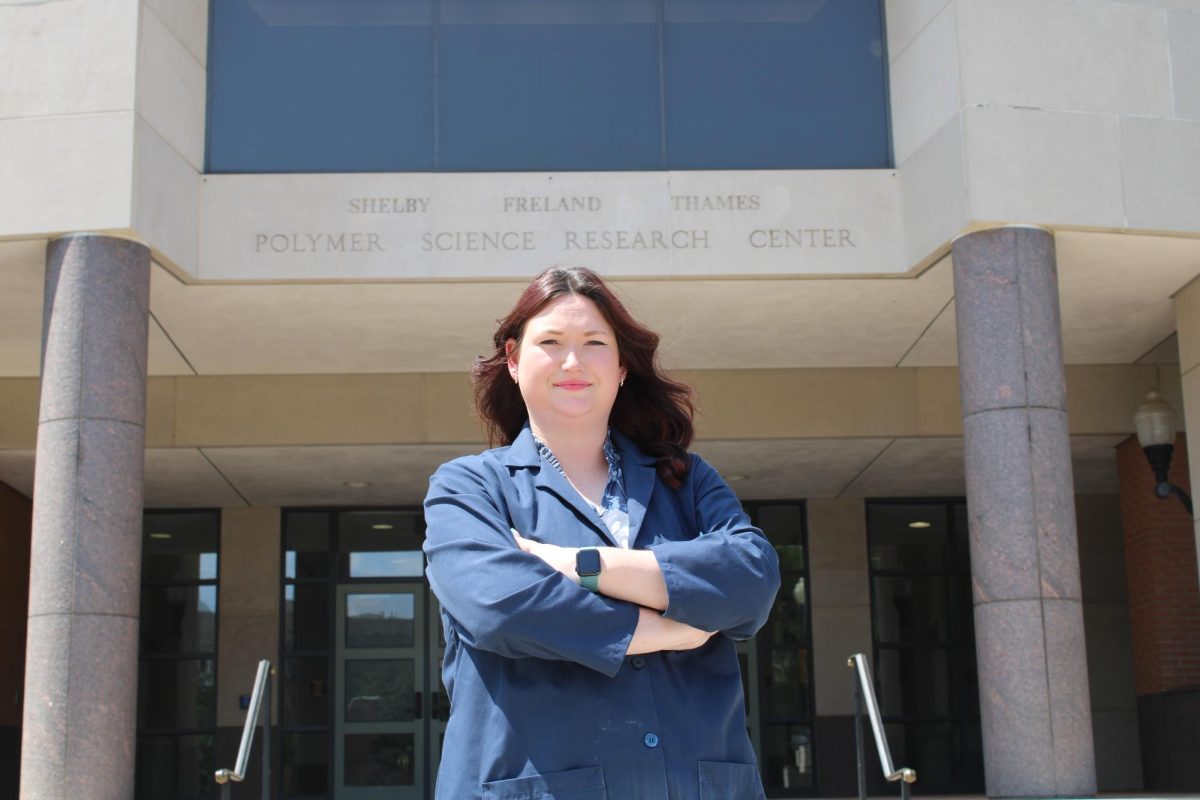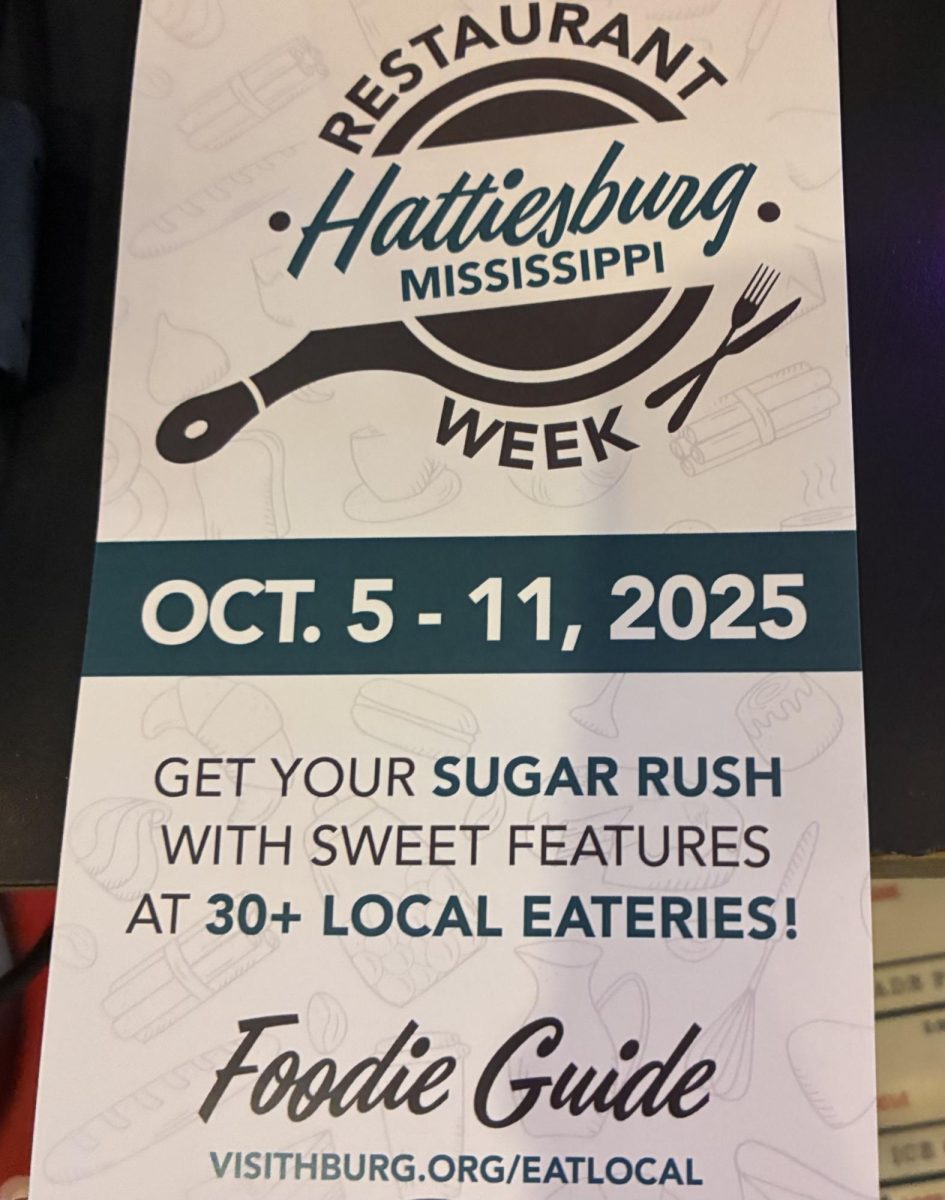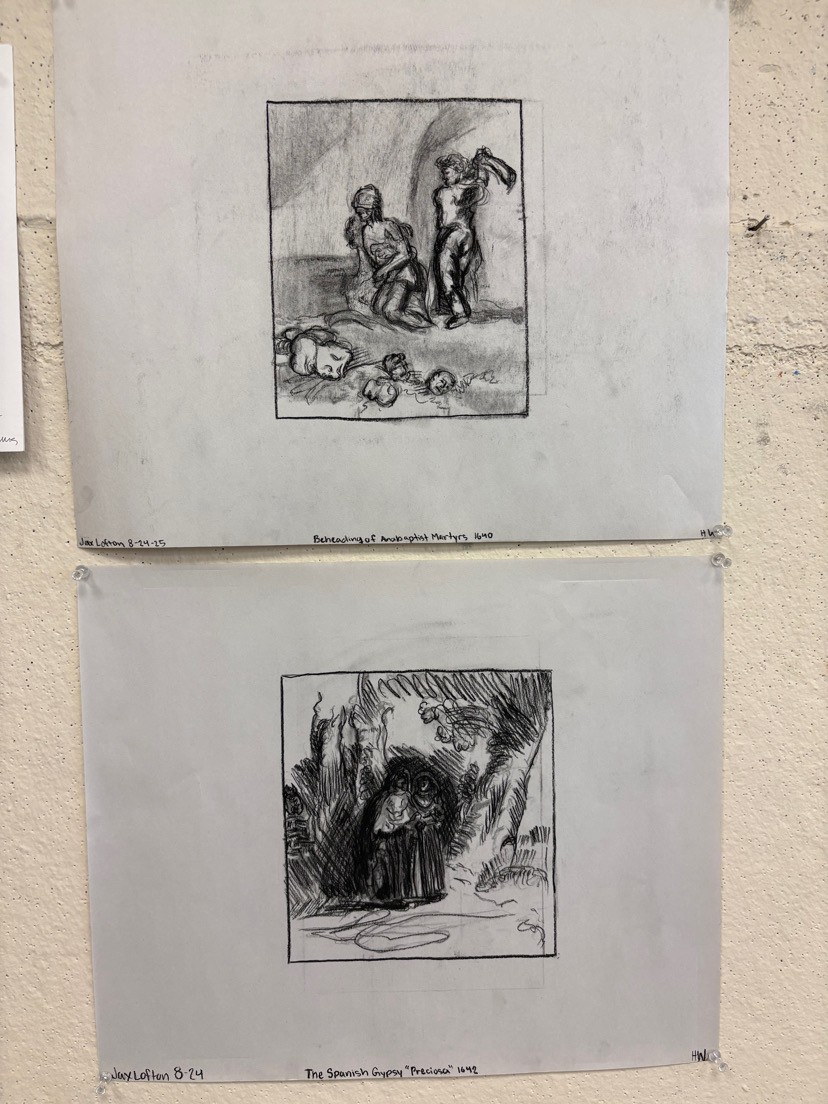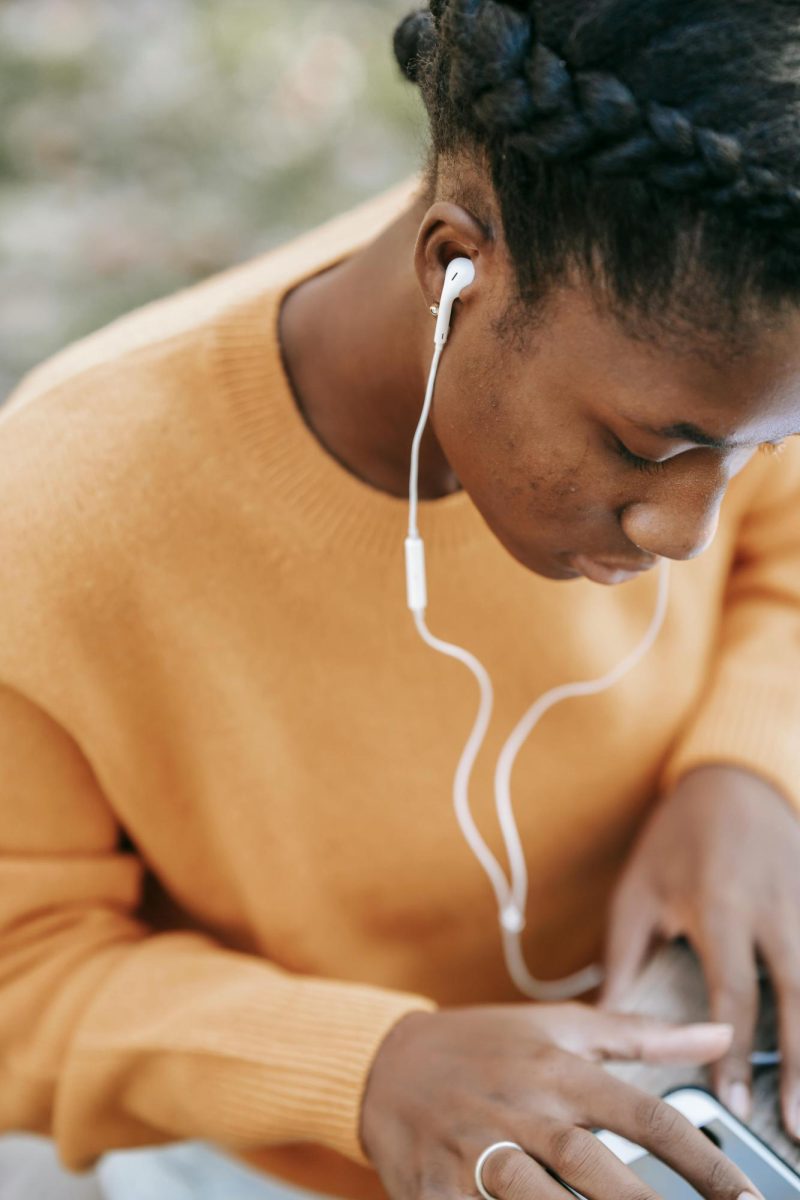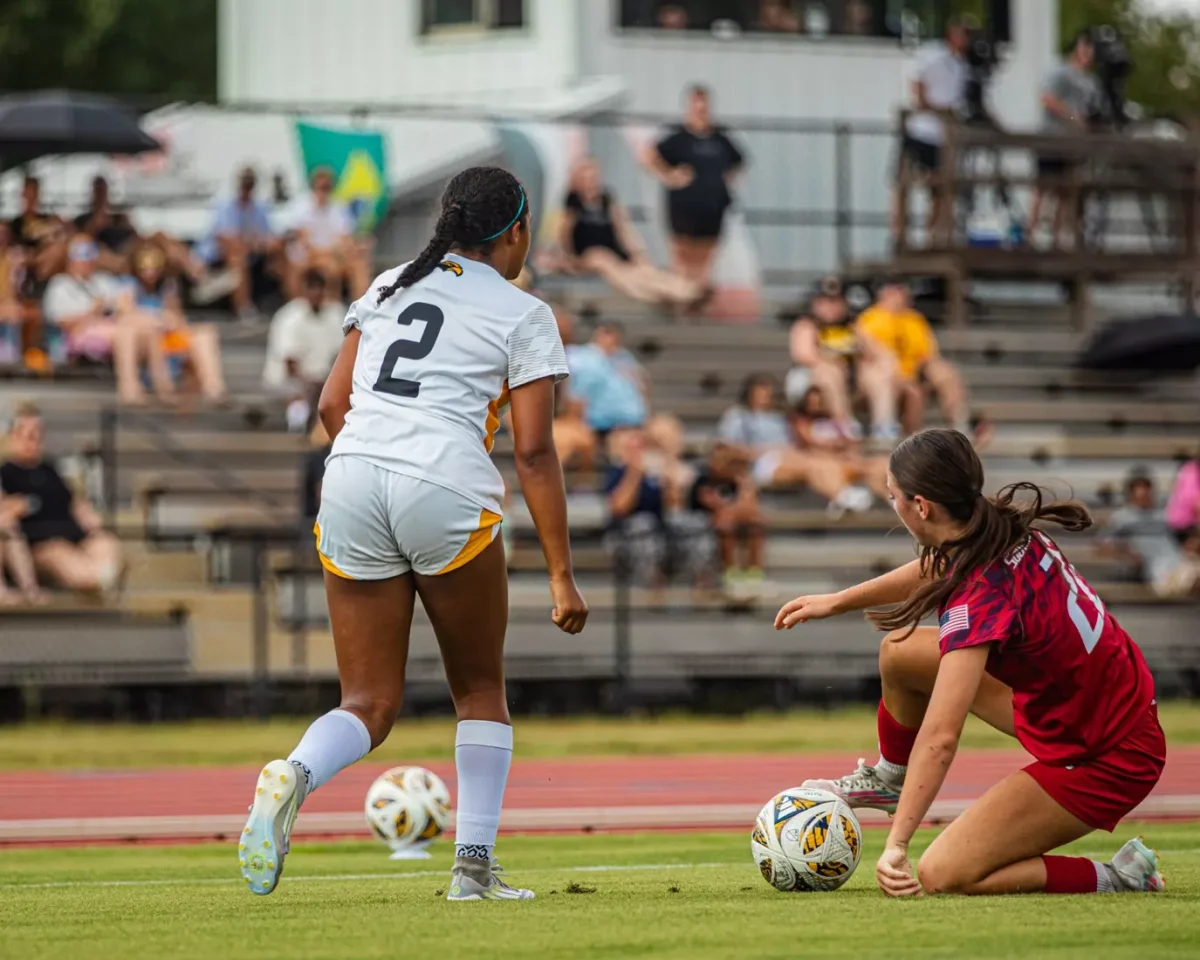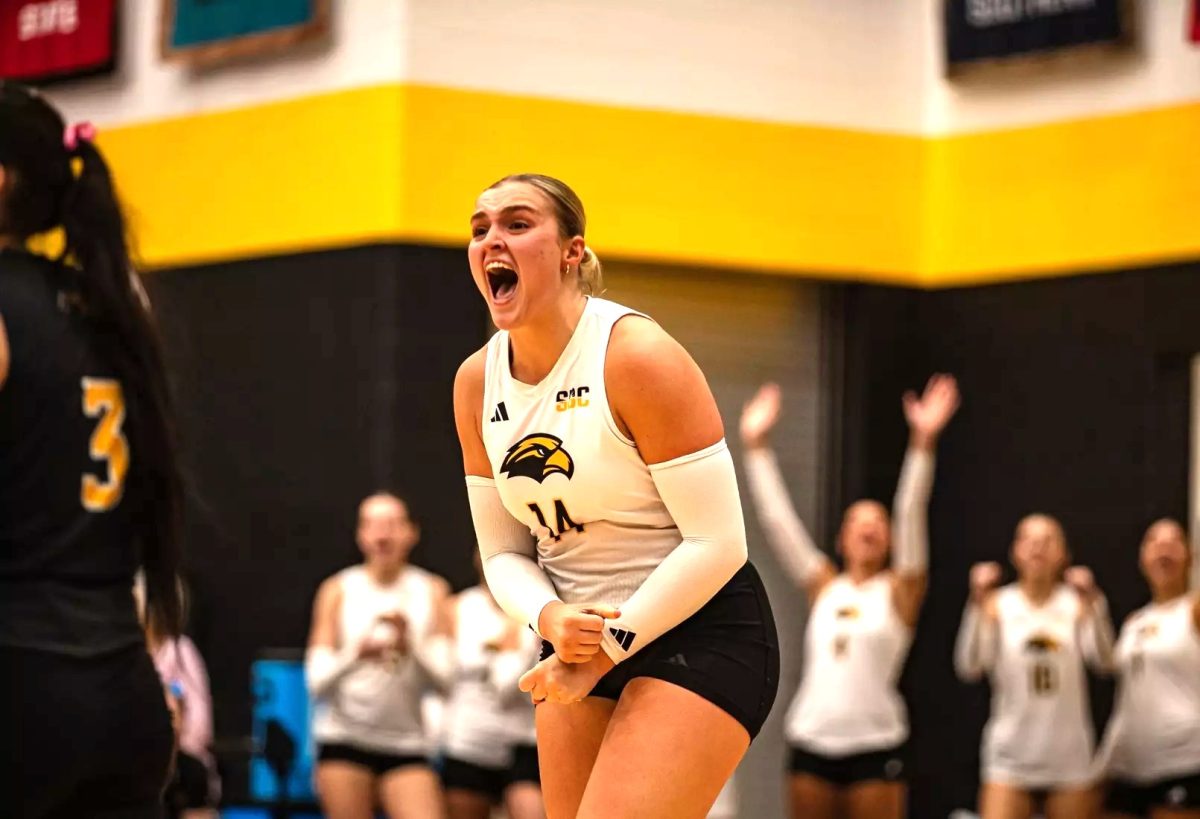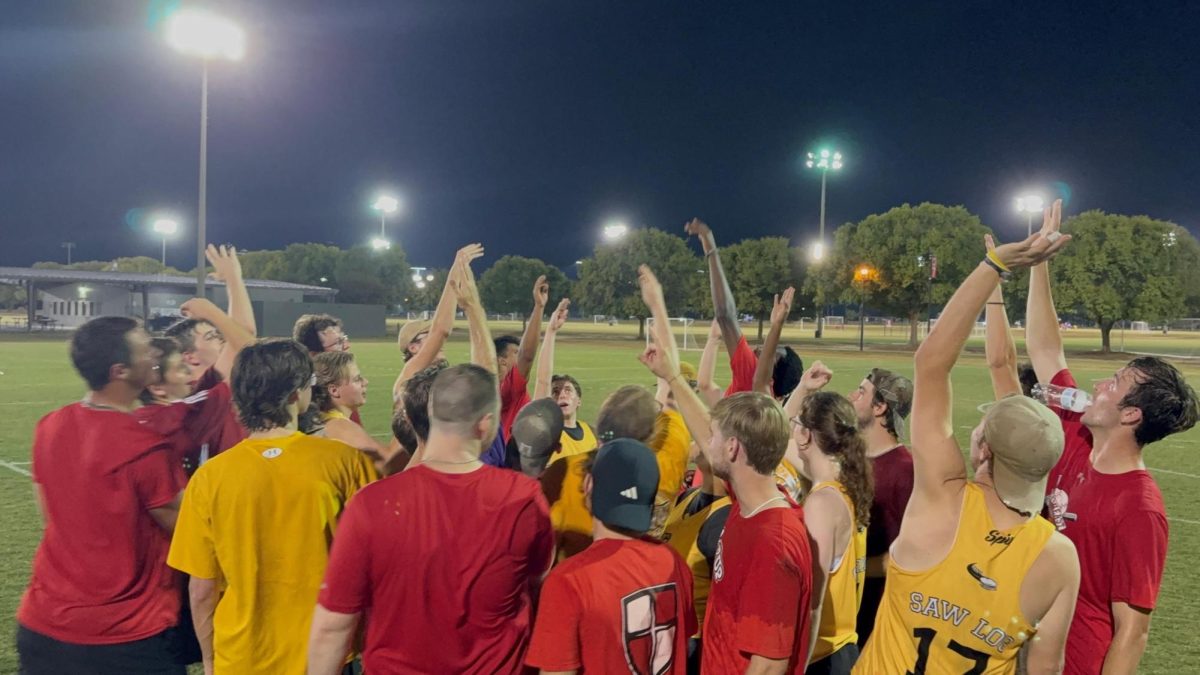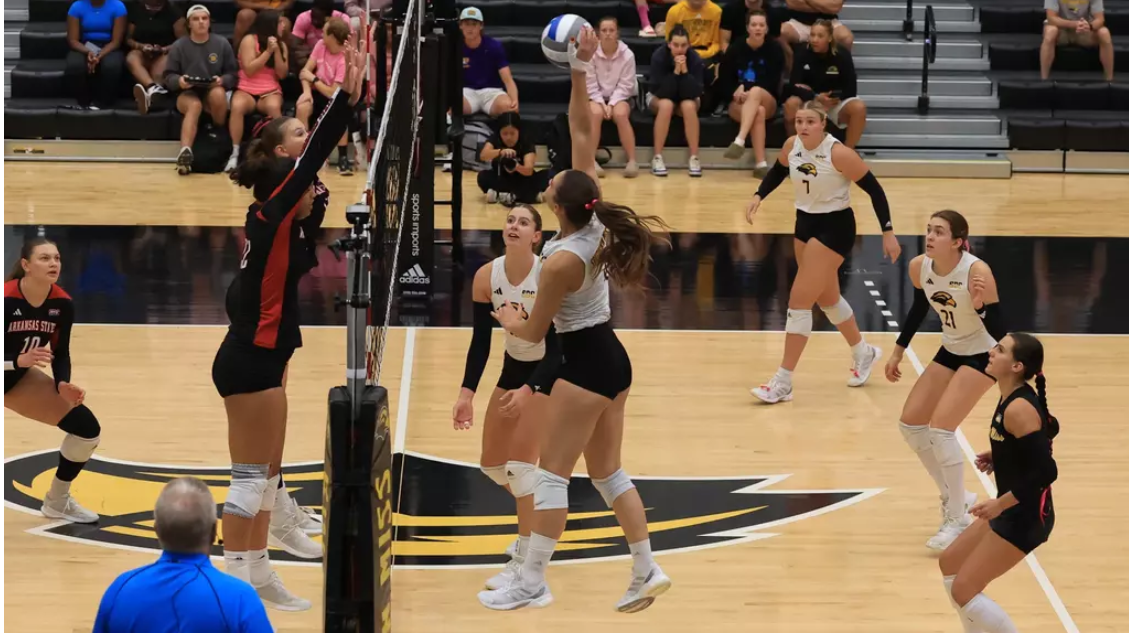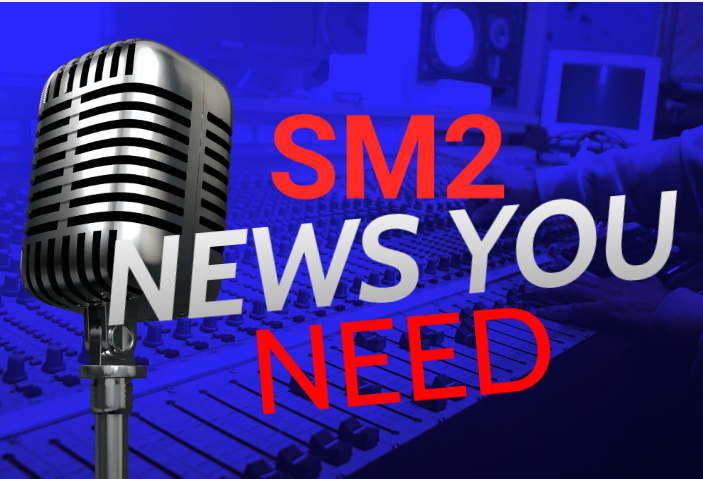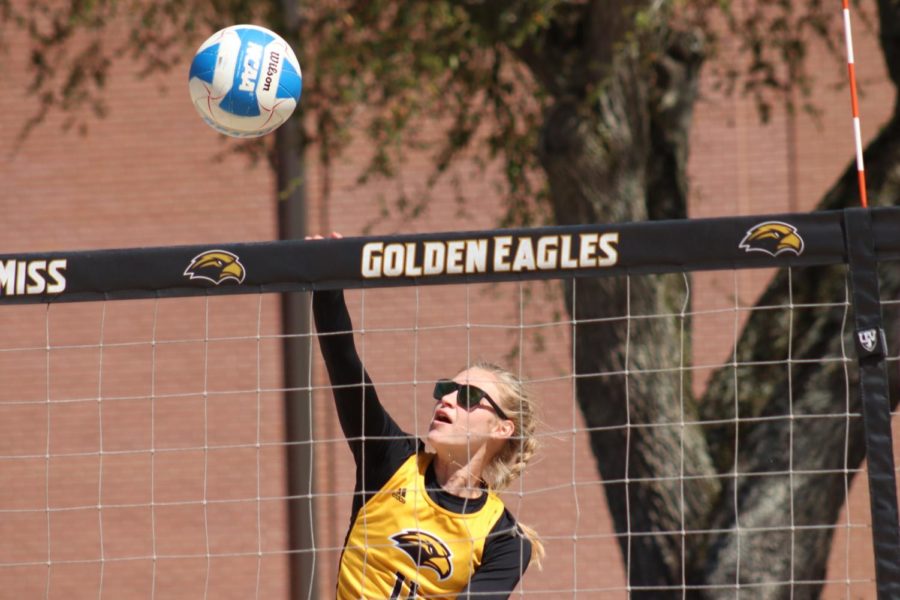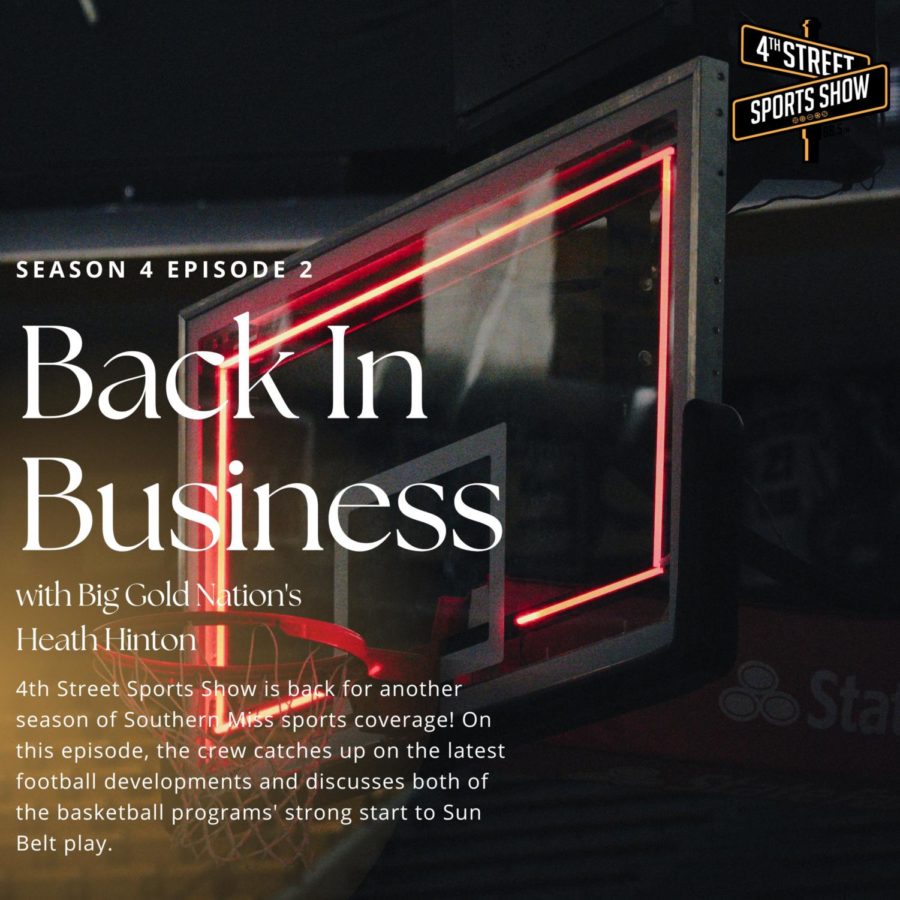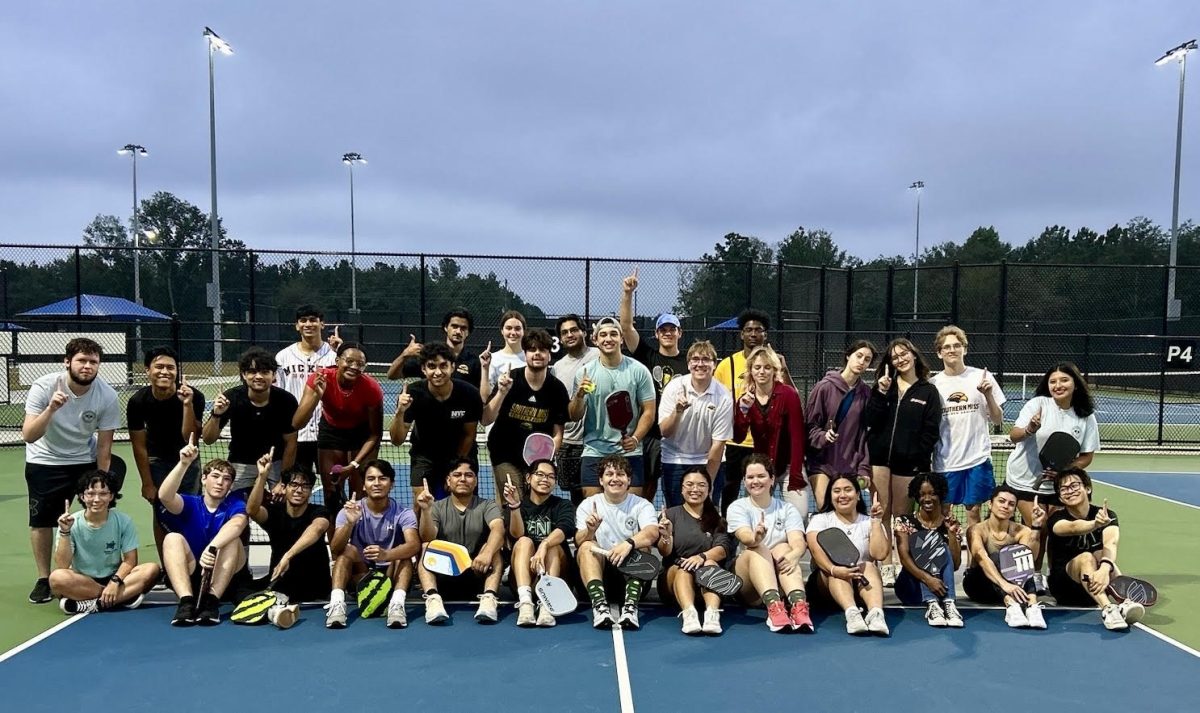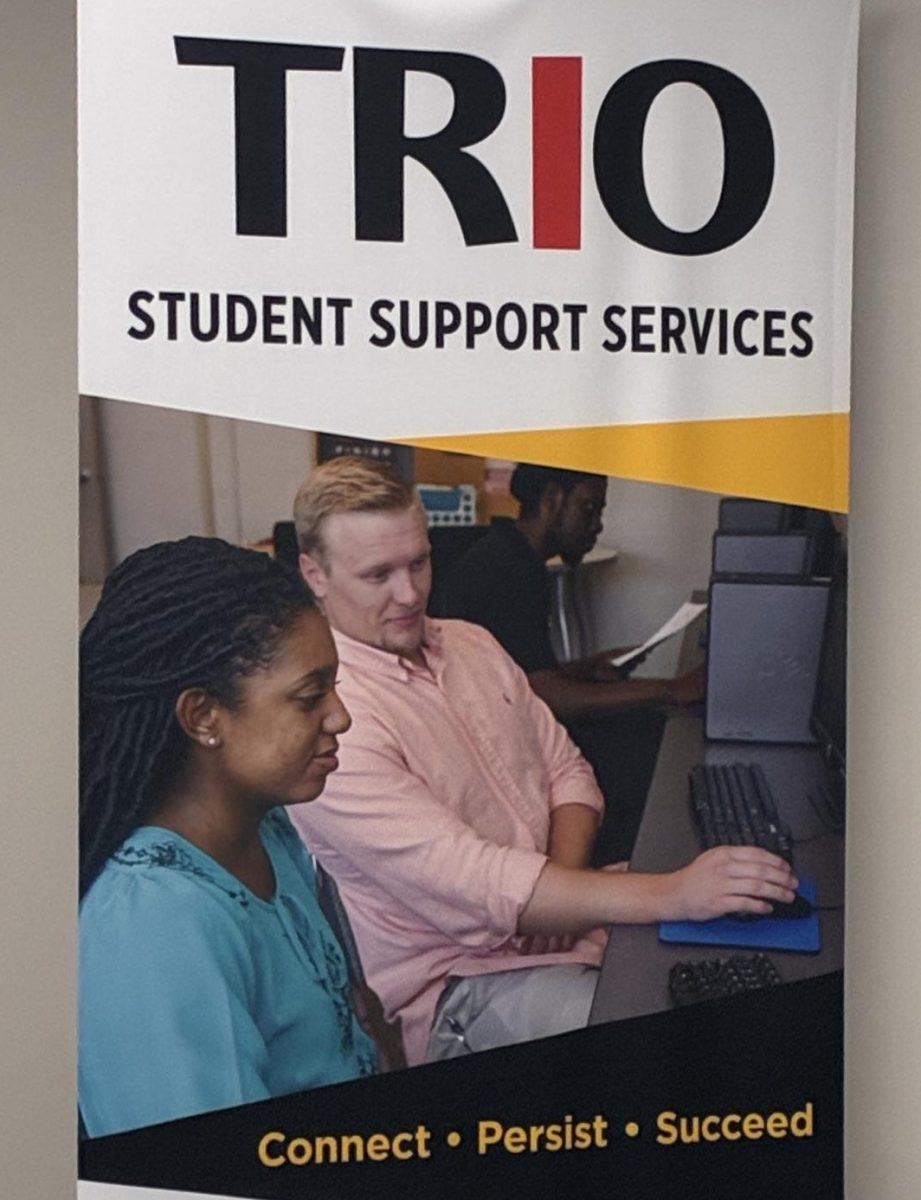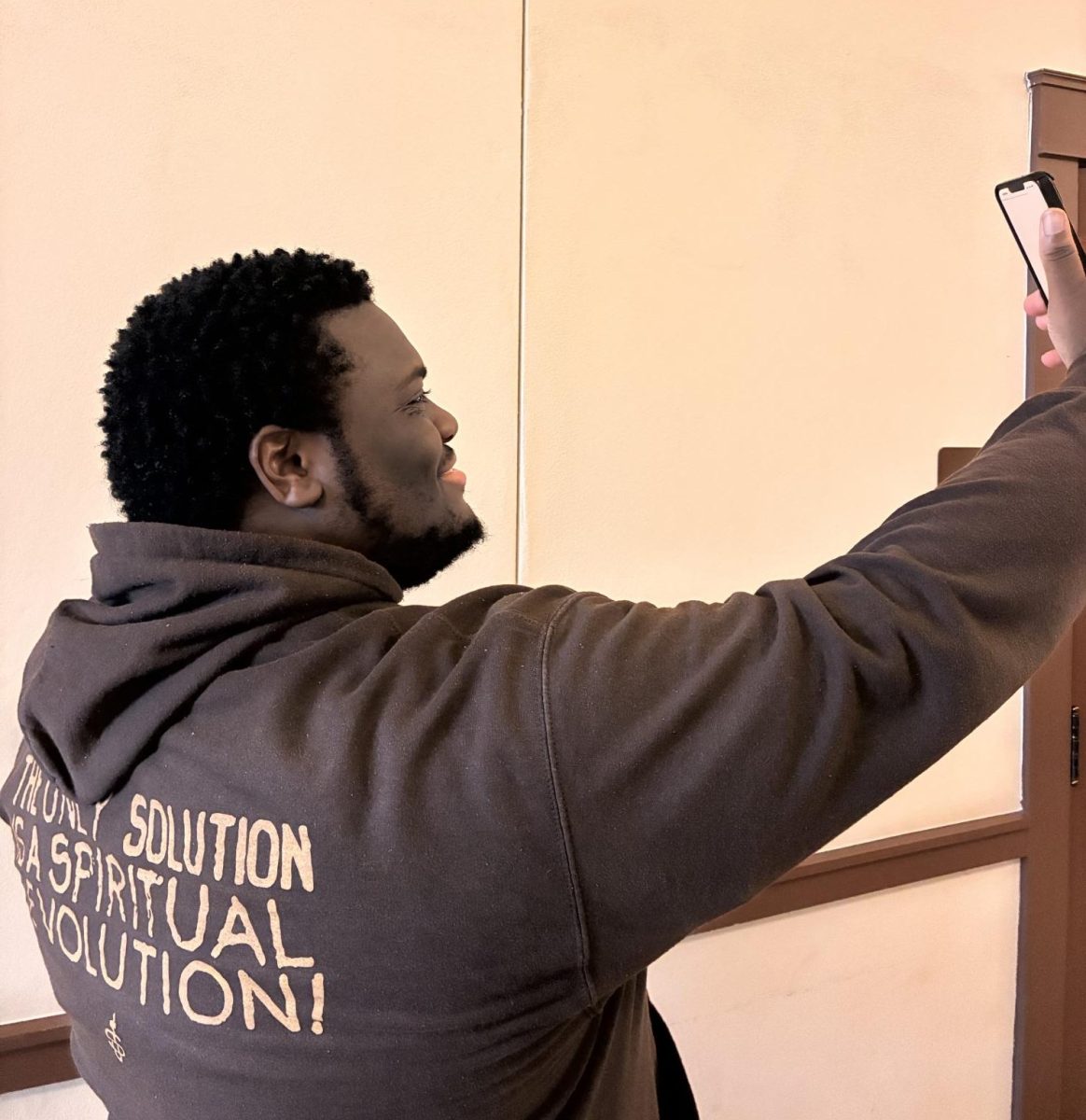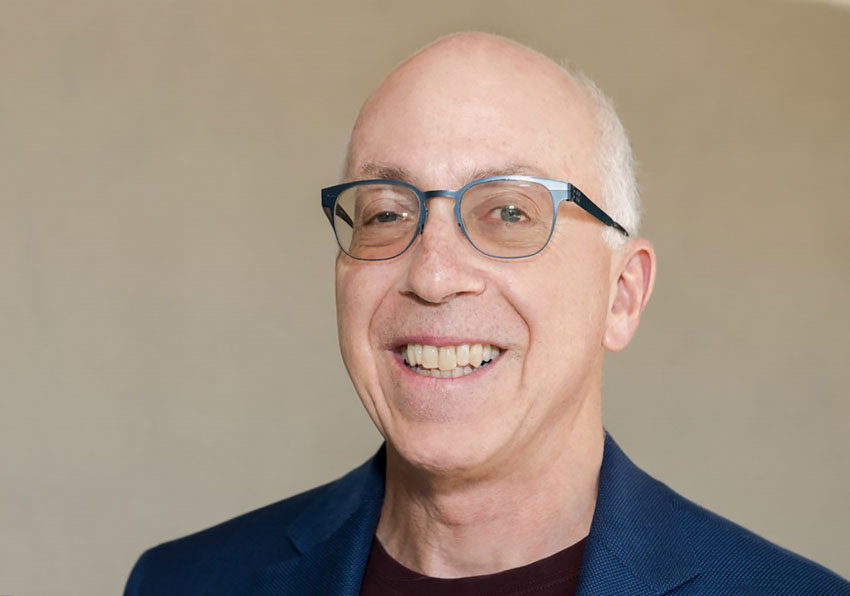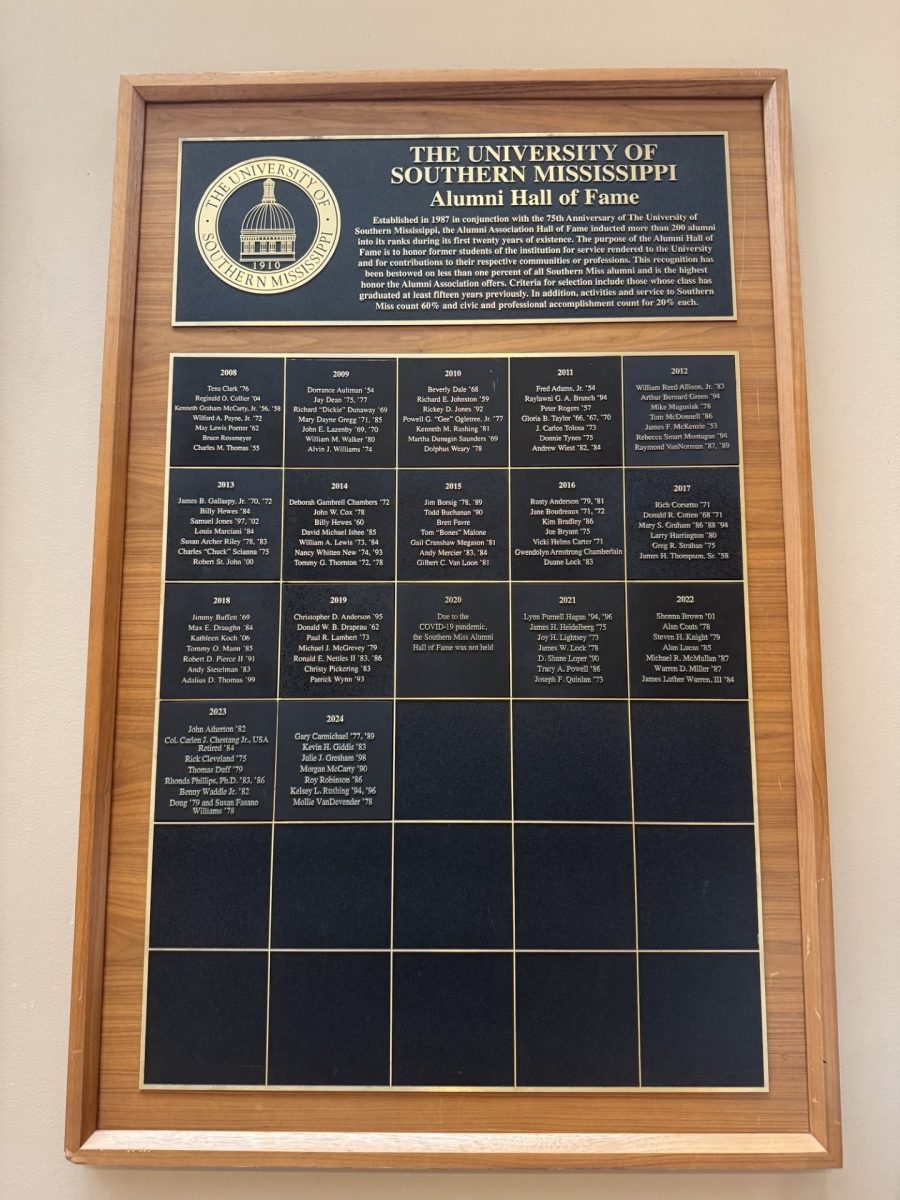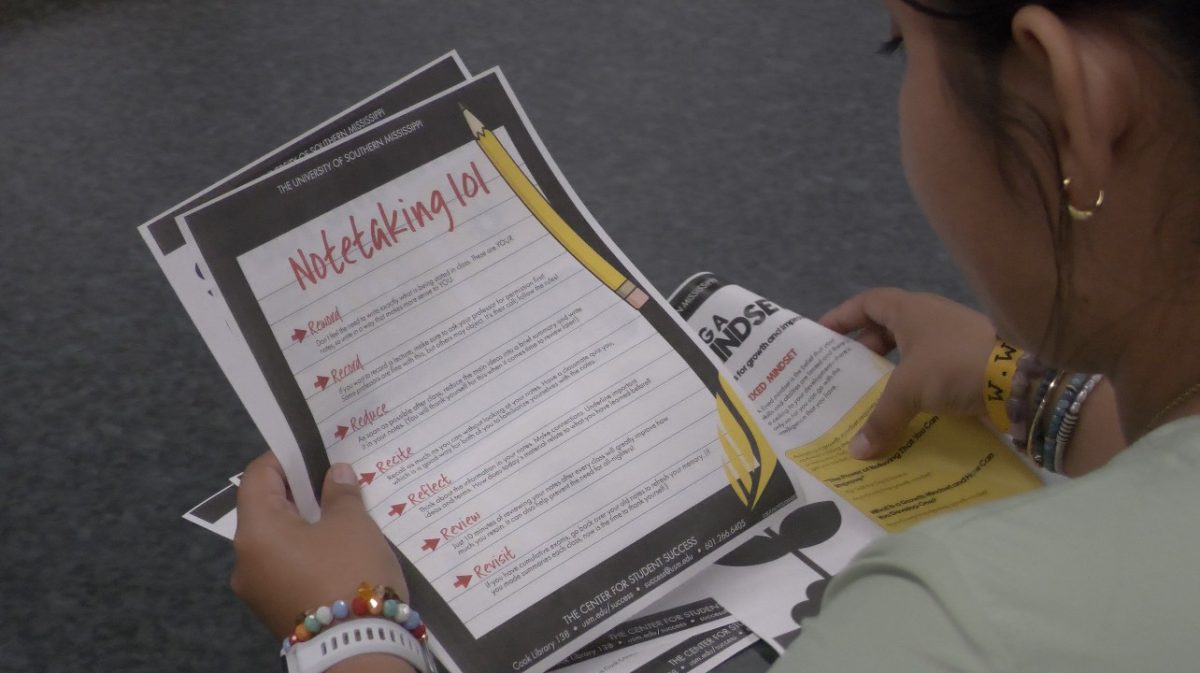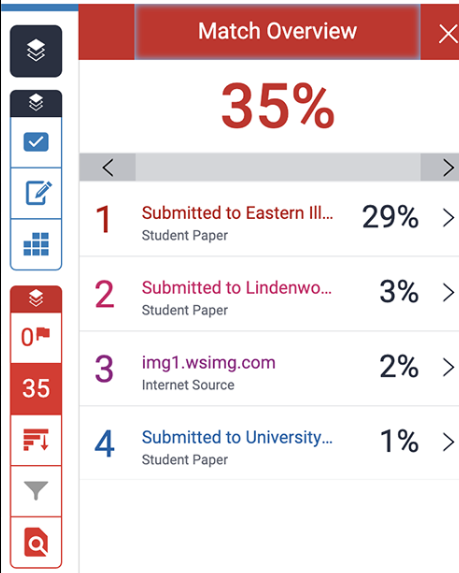
Some Southern Miss students are questioning the use of TurnItIn in school and its competency. Students have been seeing their plagiarism percentage inflate over the use of general language, scientific terms, and jargon. Some students also question how their data is being used.
USM started using TurnItIn as its first plagiarism checker since it was the only available platform at the time. The platform compared the submitted document against its database of previously submitted works and public webpages. It also compares the submitted text against academic publications and other research papers.
TurnItIn being the first platform to start checking for plagiarism means that it has leverage over other similar platforms because of the amount of documents it has to compare student work against. TurinItIn also actively bought out many of its competitors very early, leading it to be one of the very few reliable platforms for checking for plagiarism.
In addition to its plagiarism checker, TurnItIn also has an AI checker built into it now. TurnItIn’s AI checker is trained on both human writing and AI writing to check for AI-generated texts. To do so, TurnItIn not only uses its own experts, but also the documents submitted to it by students. According to TurnItIn website, it could use anonymized, aggregated, or de-identified student data to train its AI models..
Another issue that students have with TurnItIn is its tendency to flag everything as plagiarism. Students have reported getting their papers reported for plagiarism for trivial reasons. Some of the students reported having a plagiarism percentage higher than 40% because of the use of scientific terms.
A premed student, Moses Adedigba, opened up about having a high plagiarism percentage because of the use of scientific names.
“It flagged my scientific name as plagiarism and showed different sources saying the content was similar,” Adedigba said. “I cannot come up with a new scientific name; these are the words that I have to use to convey my point.”
Dr. Kendrick Buford, the director of Academic Integrity, also admitted that TurnItIn flags common scientific terms as plagiarism.
“I have noticed that TurnItIn flags scientific terms, even as common as glucose or glycolysis, as plagiarism,” Buford said. “But that is also why we do not just look at the TurnItIn report if we are trying to determine if any student plagiarized.”
Buford assured that TurnItIn was far from the only thing an instructor looks at when trying to decide if a student is plagiarizing. Buford also admitted that generative AI is a new technology for instructors, along with the students. He states that the office of academic integrity is open to listen to any student who was wrongfully accused of plagiarism or the use of generative AI. Buford also gave some advice on how to avoid accidentally plagiarizing.
“We know that generative AI is not inherently bad and that it is not going anywhere,” Buford said. “Unless your syllabus explicitly forbids the use of any sort of AI, I would recommend asking your professor if they are fine with you using AI to help you study.”
Buford discouraged the use of Grammarly Premier for student work, stating that even if the student does not mean to let it do their work, it uses a form of generative AI, which may accidentally lead to a student using AI. Buford also recommended saving every edit of the document that a student has been working on so they would have adequate proof of their work being their own in case they get accused of using generative AI.

